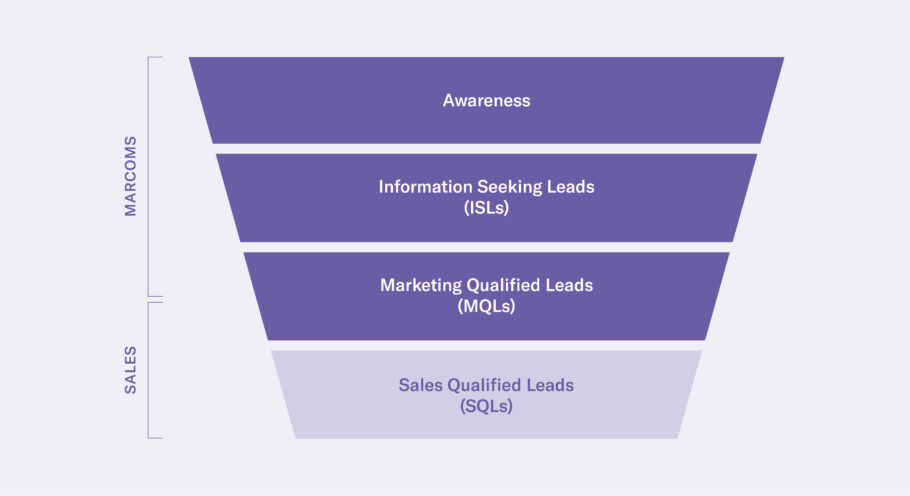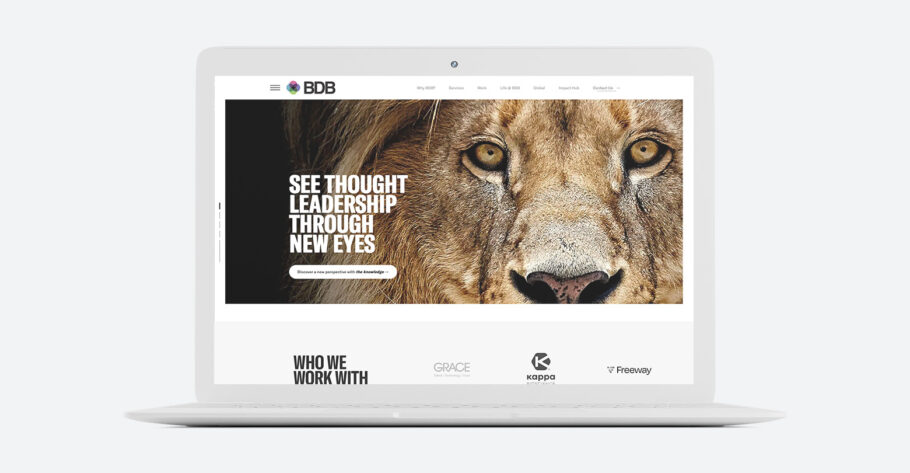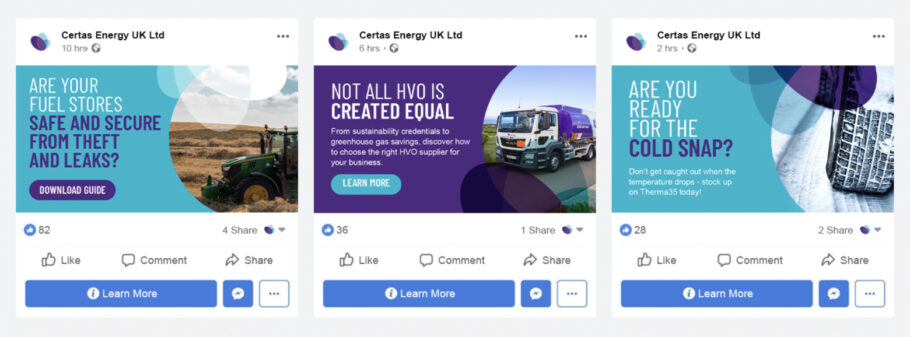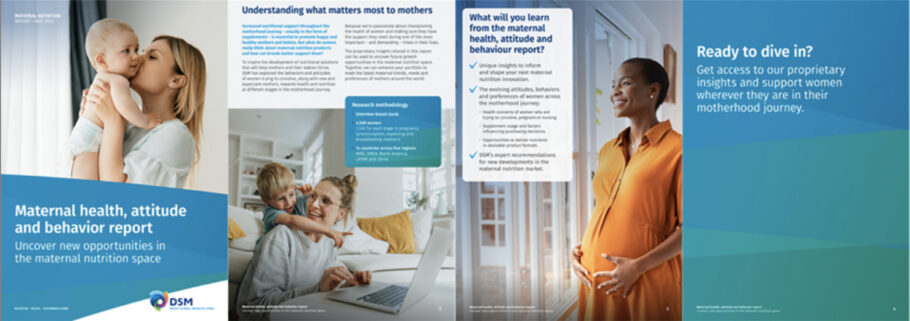Paid search remarketing
Paid search remarketing on Google and Bing should be considered a powerful element of your lead generation toolkit when it comes to driving potential ISLs to your content.
This might seem obvious but the key to success when using search remarketing is targeting. There may be significant crossover between B2B and B2C keywords, therefore we recommend targeting paid search advertisements at a remarketing audience based on previous visits to your website. This not only reduces the likelihood of inadvertently capturing B2C traffic but also helps to narrow down targeting to potential leads that are already aware of – and therefore warmer towards – your products and brand.
It’s no secret that running effective paid ads requires strong skill and knowledge in digital platforms. When planning your digital campaign, identifying an agency that will take the time to truly understand your business, audiences and content is crucial to protect your budget and guarantee ROI.. A B2B specialist that can offer tailored support significantly reduces the risk of targeting irrelevant keywords, delivering increased value and improving the results from any paid campaign.
Trade media
Forget the rumours that you may have heard… trade media is far from dead! It is, however, often overlooked as a lead generation channel.
Get ahead of the competition with planned promotion of your content via industry-specific trade media and make sure you include special editions and issues distributed at key exhibitions. This can introduce your business to a large and well-targeted cold audience that are ready to be converted into ISLs. There are two popular methods to consider when it comes to working with trade media.
Hosted content
Hosted content refers to the paid placement of your content on a trade media platform, as opposed to linking out to your own landing page. This type of placement often comes bundled as a campaign package that includes standard display ads, email and newsletter inclusions.
Consider adding in an example/screenshot.
In general, this type of placement is useful for combined awareness and lead generation. Leads will be collected in a SmartLead format and can be accessed via secure login or shared manually via the publication to a predetermined schedule.
eShots
Also known as eBlasts, mailers or eDMs, these are single-focus emails sent out to the publication’s own subscriber database. This type of placement can significantly increase the reach of your gated content and are therefore highly valuable in converting targeted but unknown users into ISLs.
Earned media – PR
Earned media, also known as free media, refers to publicity or exposure for your business gained other than by advertising (paid media), or branding (owned media).
In essence, earned media is publicity that you haven’t paid for and can typically be won through good public relations, or PR.
A caveat: it might seem counterintuitive to generate leads using PR. However, in our experience, it can be a powerful ‘support channel’ for raising awareness of your gated content – particularly if it contains an interesting ‘hook’, such as new or proprietary consumer or market insights that cannot easily be obtained elsewhere.
The PR approach requires careful planning and consideration. You first need to identify your ideal target trade media publications and it pays to be discerning as you will need to offer editors something unique. Ask yourself whether your gated content is newsworthy or otherwise offering value to the publication’s audience. Consider whether specific insights from your content could be used as the basis of an editorial story, whether the content links to any trends or current topics within the publication’s media segment, or whether someone within your business could provide expert insight on this topic as an interviewee.
Finally, you should aim to establish whether the publication has any upcoming features that could be leveraged to promote your content – these can be found by accessing a publication’s editorial calendar. By thoroughly preparing your PR outreach to ensure it is editorially relevant, you can significantly increase your chances of gaining coverage and raising awareness of your gated asset.
This is an ideal format in which to promote gated content, either through links out to your content landing page or to your content hosted on the publication’s own site. If the latter, leads will be collated into a SmartLead format, as with hosted content.




